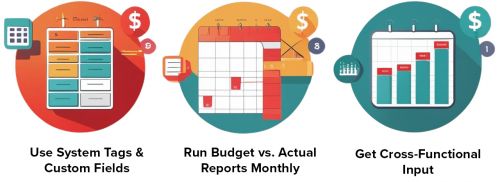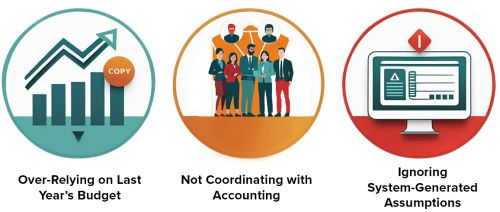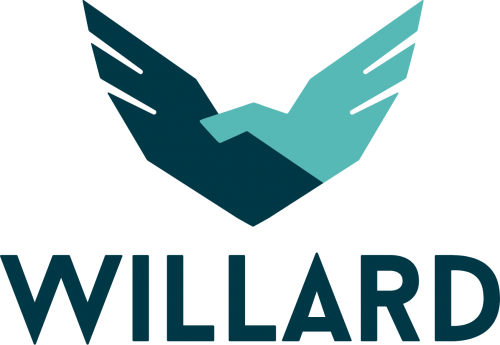 This fragmented process wastes an enormous amount of time and increases the risk of errors. Even if they use a third-party budgeting tool, it still must be adapted for the real estate management business. Then, after all that turmoil, somehow the budgets must be moved from Excel or third-party budgeting tool into the real estate management database so that accurate budget comparison reports may be generated, and that forecasts may utilize actual revenue and expenses.
This fragmented process wastes an enormous amount of time and increases the risk of errors. Even if they use a third-party budgeting tool, it still must be adapted for the real estate management business. Then, after all that turmoil, somehow the budgets must be moved from Excel or third-party budgeting tool into the real estate management database so that accurate budget comparison reports may be generated, and that forecasts may utilize actual revenue and expenses.
Centralized Data Access
Budgeting directly in AppFolio or Yardi allows you to work within the same system that tracks your leases, expenses, and operations. This eliminates the need for duplicate entry and ensures data consistency across your organization.
Reduced Manual Entry & Errors
When you budget outside the system, you’re more prone to errors, mismatched figures, or outdated templates. Inside the PMS, you’re pulling from live or recent actuals, minimizing copy/paste mistakes and version control issues.
Integration with Actuals & Forecasts
Both platforms support historical data, trends, and forecasting tools. This lets you build smarter assumptions and compare actuals to budgets throughout the year—helping you stay on target and adjust proactively.
Yardi’s robust enterprise suite supports deep financial modeling and multi-entity forecasting for larger portfolios.
Key Features:
AppFolio offers user-friendly tools designed for small to mid-sized operators who want clarity and efficiency.
Key Features:
Use System Tags & Custom Fields
Organize your budget with internal tags—such as by unit type, renovation plan, or lease tier. This helps track specific initiatives and improve reporting granularity.
Run Budget vs. Actual Reports Monthly
Set up automated reporting to catch deviations early. Most systems allow you to schedule these reports and send them to stakeholders automatically.
Get Cross-Functional Input
Loop in maintenance, leasing, and regional managers early in the process. They offer real-world insights into staffing needs, supply costs, lease-up pace, and turn costs that static data can’t reveal.

Over-Relying on Last Year’s Budget
Every year brings new lease renewals, market shifts, and vendor contracts. Avoid copying and pasting last year’s numbers—challenge assumptions and update accordingly.
Not Coordinating with Accounting
Accounting teams ensure your budget aligns with COA codes, accrual practices, and ownership expectations. Bring them into the process early to avoid last-minute rework.
Ignoring System-Generated Assumptions
Budgeting tools may auto-fill assumptions like occupancy or rent growth—don’t take these at face value. Customize them based on your actual lease expirations and renewal strategies.

 EFG played a critical role in helping Willard Retail integrate Forecast Manager into their Yardi Voyager platform—resulting in improved financial visibility, streamlined operations, and rapid scalability. The following benefits were delivered through EFG’s budgeting services:
EFG played a critical role in helping Willard Retail integrate Forecast Manager into their Yardi Voyager platform—resulting in improved financial visibility, streamlined operations, and rapid scalability. The following benefits were delivered through EFG’s budgeting services:
Accurate and Automated CAM Forecasting
End-to-End Budget Integration
Customized Budget-to-Actual Reporting
Support for Institutional-Grade Financial Reporting
Faster Property Onboarding with Budget Continuity
Budgeting directly within your property or investment management platform isn’t just more efficient, it’s a strategic necessity. It creates a connected, scalable process that reduces risk and enables better decision-making. More importantly, it is one of the key elements in increasing NOI and ROI, achieving steady growth and maintaining a competitive edge in today’s fast-moving real estate market.
Whether you're planning your first system-driven budget or optimizing an existing process, our team is here to help.